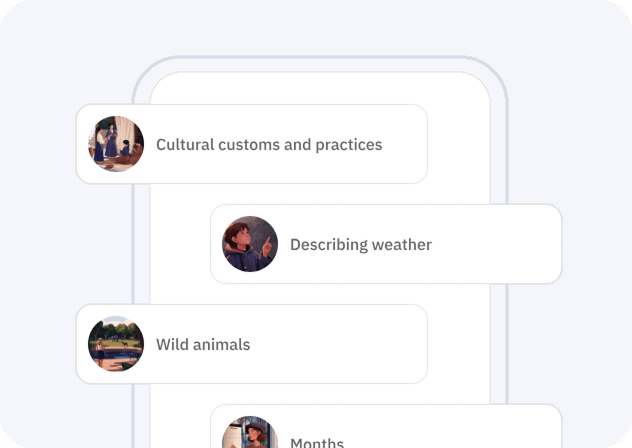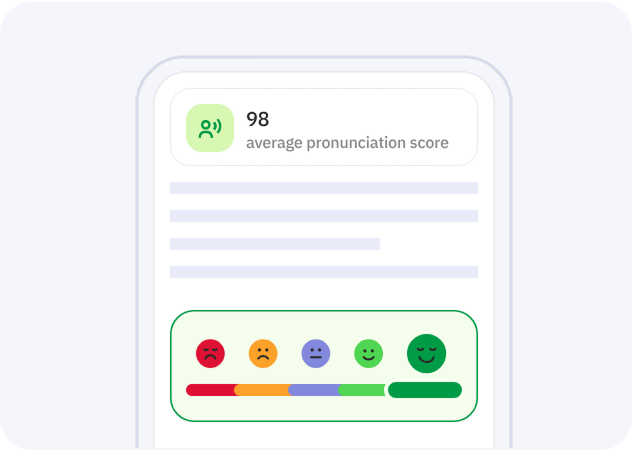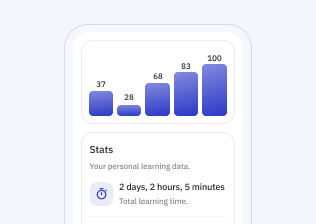Il verbo "trace" in inglese è un termine versatile che può essere utilizzato in vari contesti. La definizione principale di "trace" è "tracciare" o "seguire le tracce di qualcosa o qualcuno". Questo verbo implica l'atto di rintracciare un percorso, una linea o una serie di eventi. "Trace" può riferirsi sia a un'azione fisica, come tracciare una linea su un pezzo di carta, sia a un'azione più astratta, come rintracciare l'origine di un problema o seguire il percorso di un'informazione. Inoltre, "trace" può essere usato in senso figurato per indicare la ricerca delle radici o delle cause di qualcosa, come ad esempio l'analisi storica o scientifica. È un verbo che trova applicazione in numerosi campi, dalla geografia alla scienza forense, dalla storia alla tecnologia dell'informazione. La sua flessibilità e ampiezza di utilizzo lo rendono un termine fondamentale nel vocabolario inglese.
The detective traced the call to a remote location.
She traces her family's lineage back to the 18th century.
We need to trace the source of the problem before we can fix it.
The artist carefully traced the outline of the model.
He traced the path on the map with his finger.
Can you trace the missing package for me?
They traced the leak to a broken pipe in the basement.
The software can trace the origins of the document.
She traced the pattern onto the fabric.
They traced the virus outbreak to a single patient.
I trace the outline.
You trace the drawing.
He traces the map.
She traces the pattern.
It traces the path.
We trace the history.
They trace the origins.
I traced the outline yesterday.
You traced the drawing last night.
He traced the map an hour ago.
She traced the pattern this morning.
It traced the path last week.
We traced the history last month.
They traced the origins last year.
I will trace the outline tomorrow.
You will trace the drawing later.
He will trace the map soon.
She will trace the pattern next week.
It will trace the path eventually.
We will trace the history next month.
They will trace the origins next year.
I am tracing the outline right now.
You are tracing the drawing at the moment.
He is tracing the map currently.
She is tracing the pattern now.
It is tracing the path as we speak.
We are tracing the history today.
They are tracing the origins at present.
I was tracing the outline when you called.
You were tracing the drawing last night.
He was tracing the map an hour ago.
She was tracing the pattern this morning.
It was tracing the path last week.
We were tracing the history last month.
They were tracing the origins last year.
I will be tracing the outline tomorrow.
You will be tracing the drawing later.
He will be tracing the map soon.
She will be tracing the pattern next week.
It will be tracing the path eventually.
We will be tracing the history next month.
They will be tracing the origins next year.
I have traced the outline.
You have traced the drawing.
He has traced the map.
She has traced the pattern.
It has traced the path.
We have traced the history.
They have traced the origins.
I had traced the outline before you arrived.
You had traced the drawing before the meeting.
He had traced the map before noon.
She had traced the pattern before lunch.
It had traced the path before the storm.
We had traced the history before the event.
They had traced the origins before the discovery.
I will have traced the outline by tomorrow.
You will have traced the drawing by later.
He will have traced the map by soon.
She will have traced the pattern by next week.
It will have traced the path by eventually.
We will have traced the history by next month.
They will have traced the origins by next year.
Il modo più efficace per imparare una lingua
Prova Talkpal gratuitamente
Ogni individuo apprende in modo unico. Con la tecnologia Talkpal , abbiamo la possibilità di esaminare come milioni di persone imparano contemporaneamente e progettare le piattaforme educative più efficienti, che possono essere personalizzate per ogni studente.

Ricevi un feedback immediato e personalizzato e suggerimenti per accelerare la tua padronanza della lingua.

Impara con metodi personalizzati in base al tuo stile e al tuo ritmo, assicurandoti un percorso personalizzato ed efficace verso la fluidità.
Talkpal è un tutor linguistico alimentato dall'intelligenza artificiale. È il modo più efficiente per imparare una lingua. Chatta su un numero illimitato di argomenti interessanti scrivendo o parlando, mentre ricevi messaggi con una voce realistica.


Talkpal, Inc., 2810 N Church St, Wilmington, Delaware 19802, US
© 2025 All Rights Reserved.